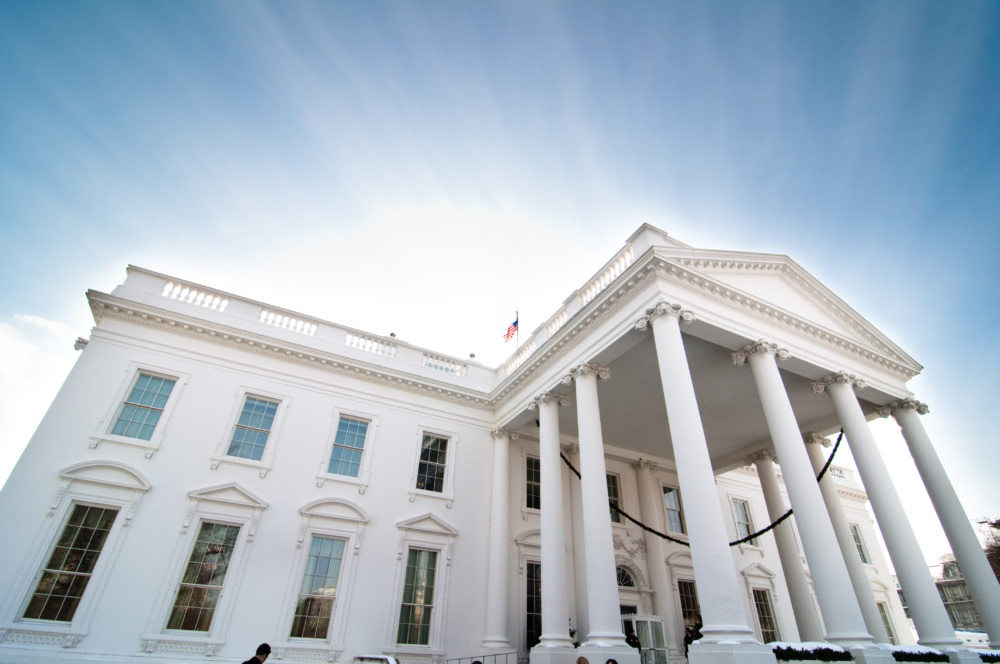

Public Sector Solutions, Data Solutions
Key Takeaway
Developing the collection and use of equitable data is a critical step to support collaboration across stakeholders and for government accountability, and we’re grateful to the White House Office of Science and Technology Policy for seeking feedback on this important topic.
From providing better guidance to supporting public data sharing, the options are many
This past September, the White House Office of Science and Technology Policy (OSTP) issued a request for information, seeking input on how the federal government might encourage equitable data collaboration among different levels of government and with government partners.
The collection, analysis, and use of equitable data is a cornerstone of our work at Social Finance, where we seek to help governments build innovative, data-driven practices that deliver better results for people and communities. With this experience in mind, we responded to OSTP’s request by outlining several ways that the federal government can strengthen the production, accessibility, and usability of equitable public sector data within different levels of the government and with community organizations.
Providing enhanced guidance and support on data governance
Local and state government agencies often lack the resources to navigate the legal landscape for data sharing, particularly when it comes to parsing overlapping local, state, and federal policies. As a result, many revert to conservative data-sharing approaches. But this limits agencies’ ability to learn from and share their data and creates additional barriers for community organizations with already limited resources and time.
The federal government has an important role to play in setting clear and uniform data protection standards that enable government agencies to efficiently share data. The federal government could offer grants to cover data compliance-related legal expenses or provide templated data-sharing agreements, among other strategies.
Some of these solutions are already unfolding in the public sector. For example, the Connecticut Office of Policy Management is developing a statewide governance structure for cross-agency data sharing with an enterprise memorandum of understanding, creating a flexible yet durable data-sharing agreement template with guidelines for staff to accelerate the process.
Creating guidelines on recommended data infrastructure
Government agencies use a wide range of data platforms, a technical reality that creates widespread interoperability problems. To address this, the federal government could provide recommended data infrastructure specifications for local and state agencies. It could also offer funding so that agencies can upgrade existing data systems to newer models with more comprehensive data sharing capabilities.
Aligning on terms and definitions for equitable metrics
Many local and state agencies are working to collect user data to create equity metrics. But one challenge here is that there are not always common standards for defining critical demographic fields, including race and ethnicity. U.S. Census Bureau definitions can be too broad for certain jurisdictions to result in meaningful policy analysis. At the same time, government agencies still struggle to understand how to incorporate an equity lens when creating performance metrics.
Federal bodies such as the OSTP could provide support here by aligning terminology and definitions for equity metrics and sharing a recommended list of equity metrics for local and state agencies to use.
Supporting government data and IT leaders
Public sector data and IT professionals are critical to increasing data accessibility and usability. The federal government could empower these staff by investing in initiatives that leverage their knowledge and experience. Such investments could include convenings that unite government data staff from different jurisdictions for peer-to-peer learning; allocating dedicated recruitment, hiring, and retainment resources for local and state agencies; and sponsoring state-level data fellowships to encourage non-government IT professionals to join the public sector.
Increasing use of public data dashboards
Data dashboards increase accessibility by enabling nontechnical users to view data without having to go through cumbersome data-sharing processes, not to mention demonstrating government commitment to transparency and accountability. The federal government could encourage the creation and use of these tools and recommend specifications for accessing data through an equity lens, including filters for disaggregating metrics by demographic and location and legends with inclusive language.
Federal departments like the OSTP should also lead a concerted effort to ensure that the local and state agencies providing dashboard data fully understand the information they share and how it connects to other public sector peers operating in the same space.
Developing the collection and use of equitable data is a critical step to support collaboration across stakeholders and for government accountability, and we’re grateful to the OSTP for seeking feedback on this important topic.
Learn more about our Public Sector Solutions →
Related Insight

The Treasury is About to Release $50 Million in Social Impact Partnerships to Pay for Results Act Funding
The awards are part of Treasury's Social Impact Partnerships to Pay for Results Act (SIPPRA) program.